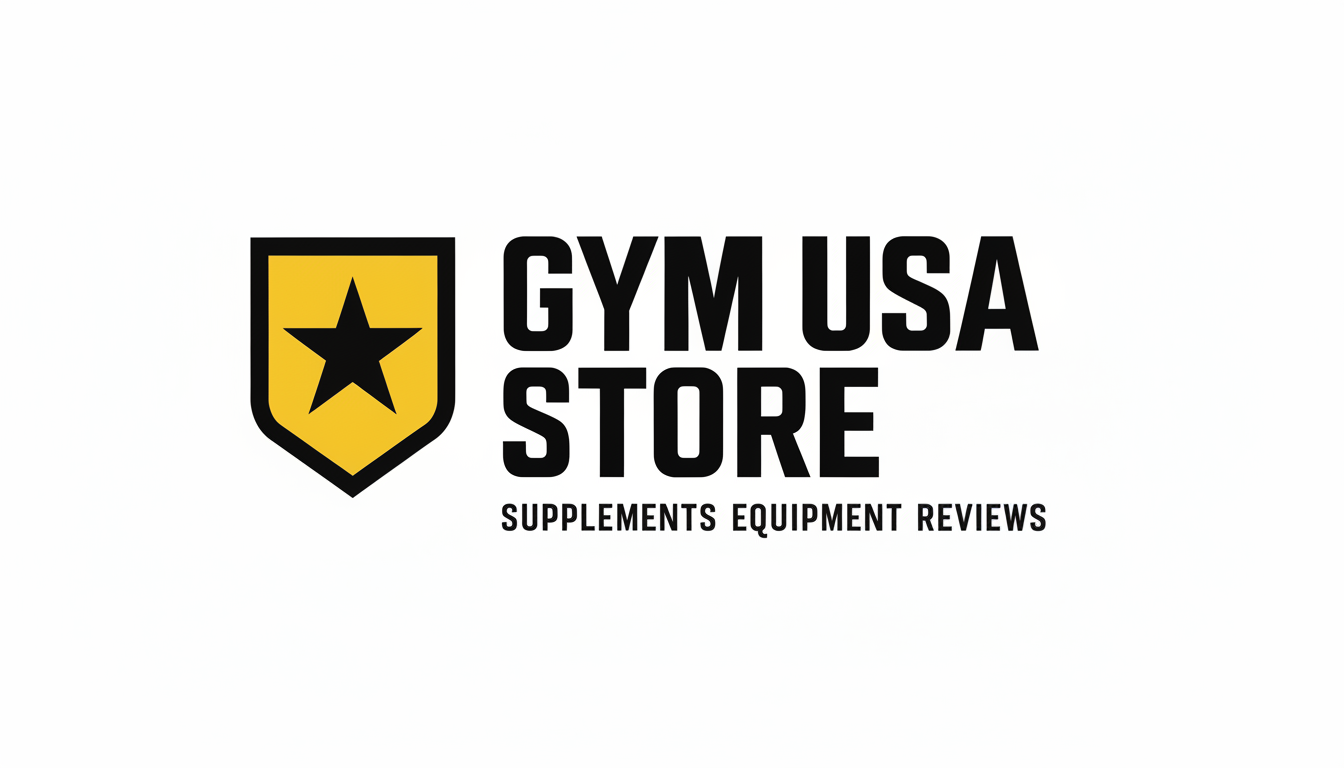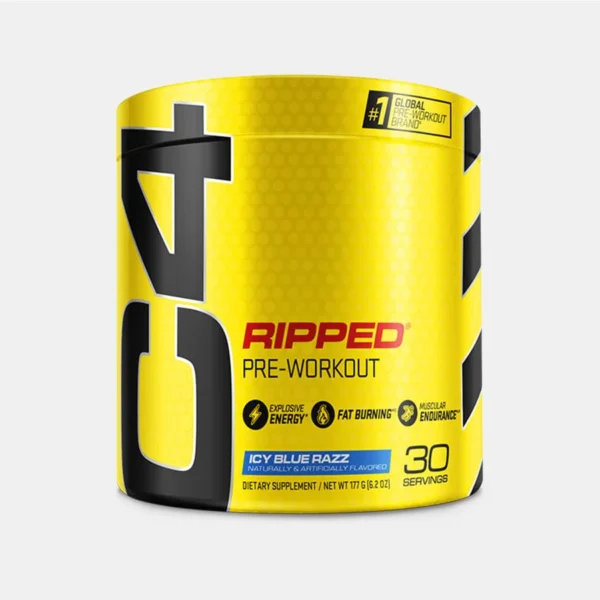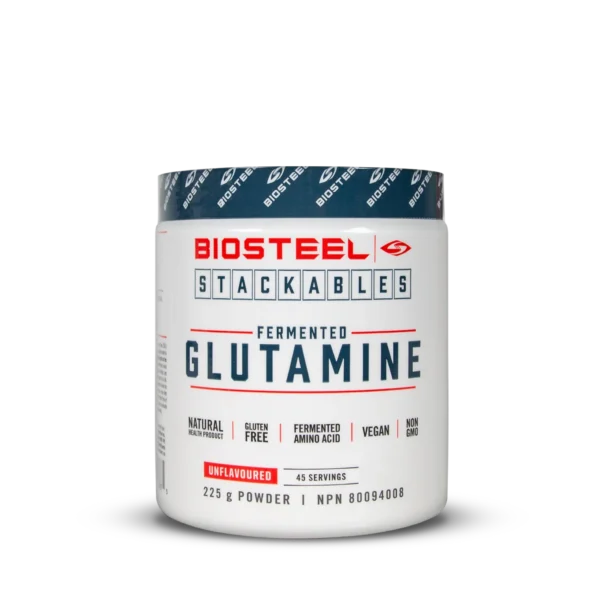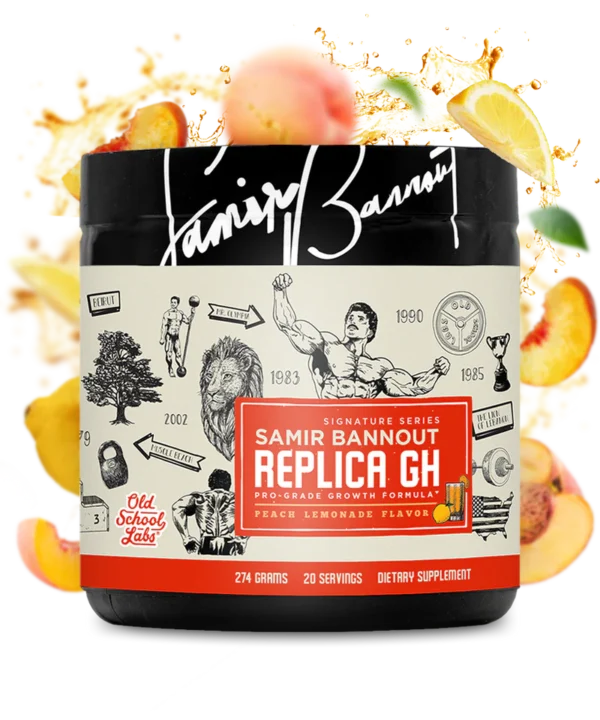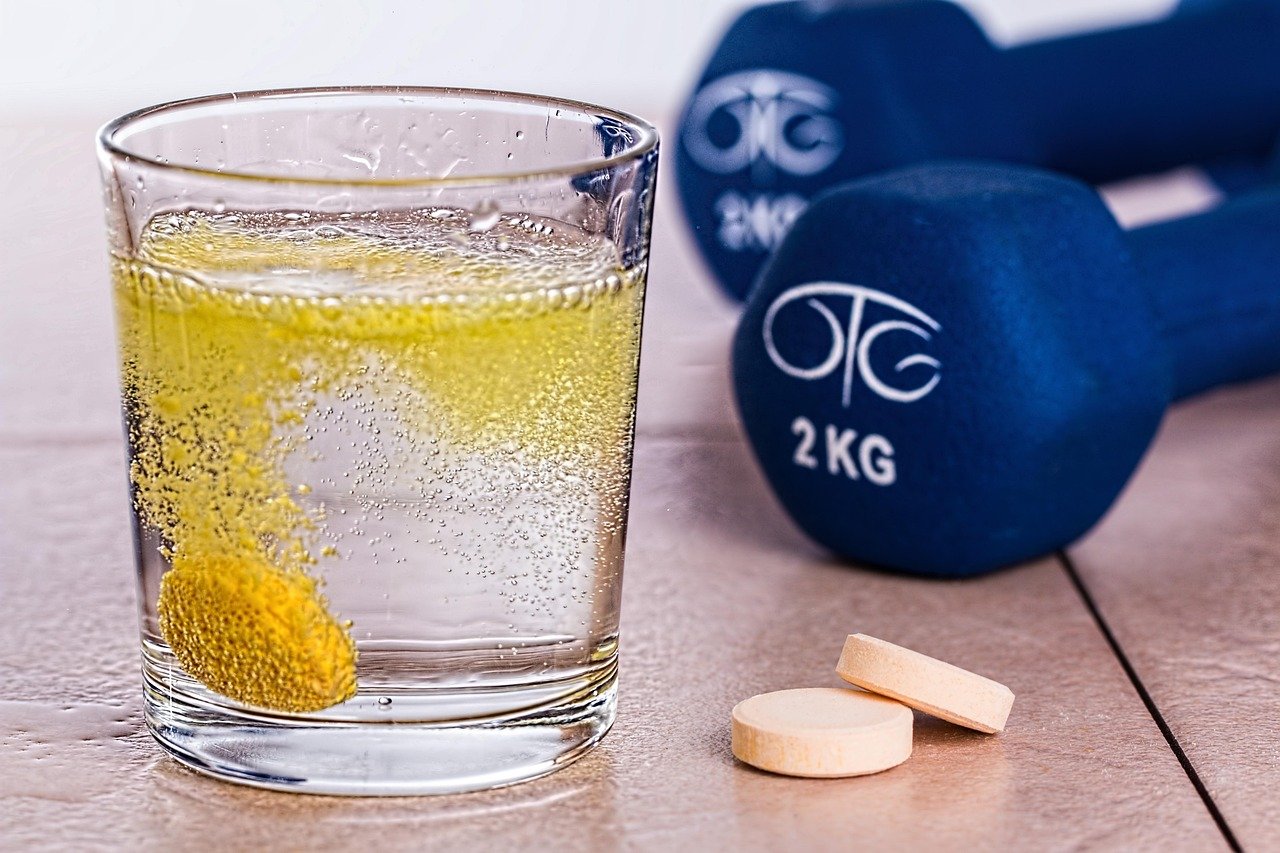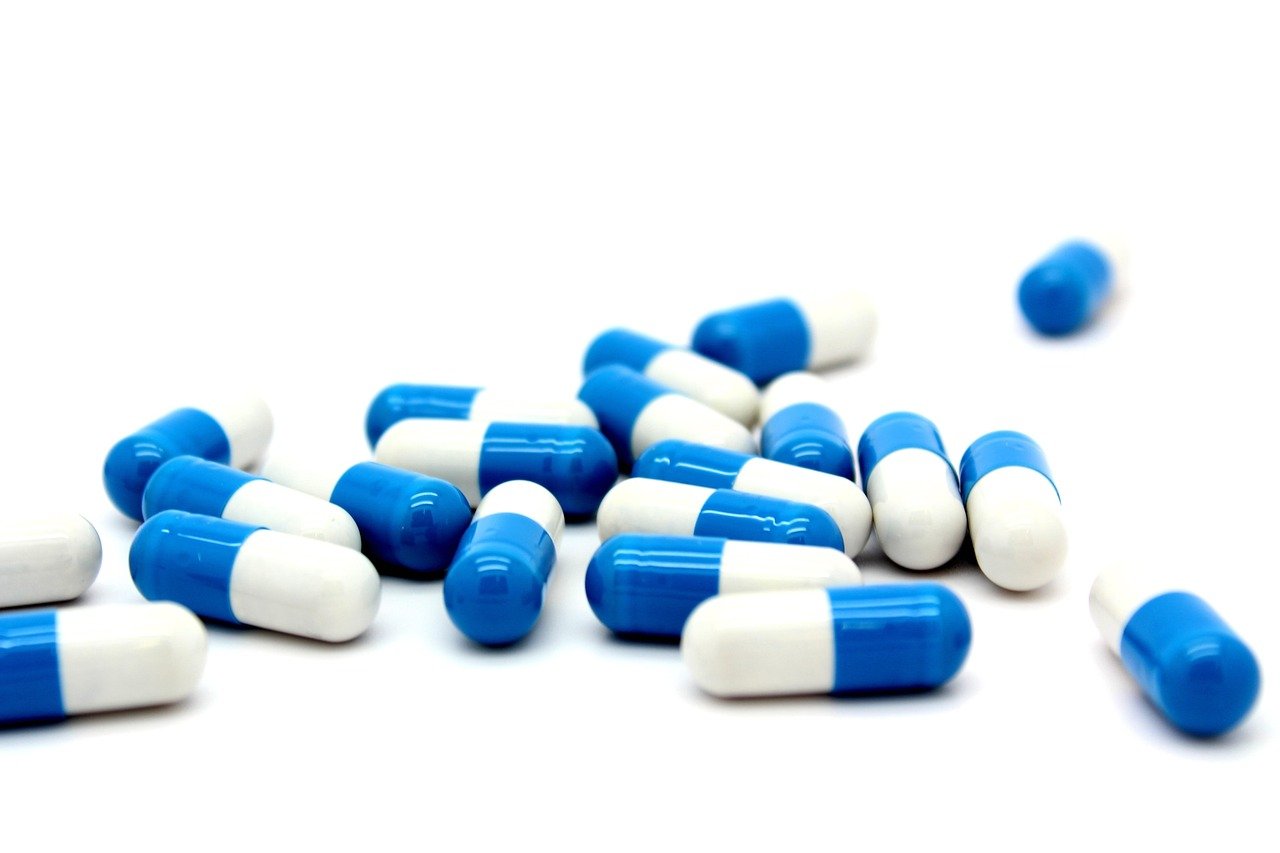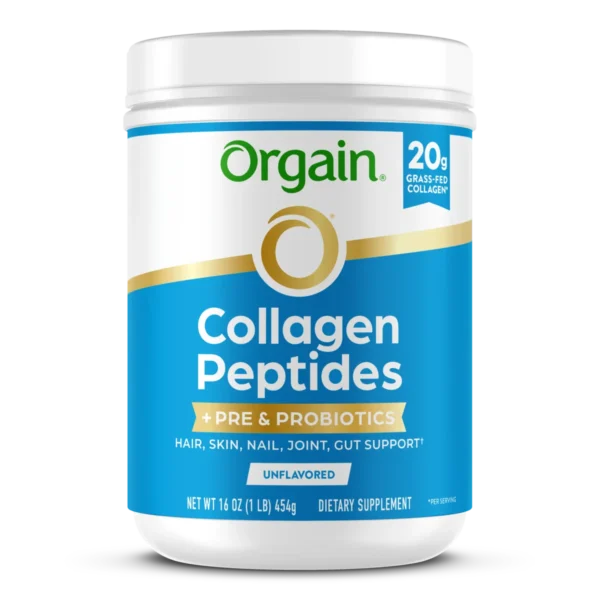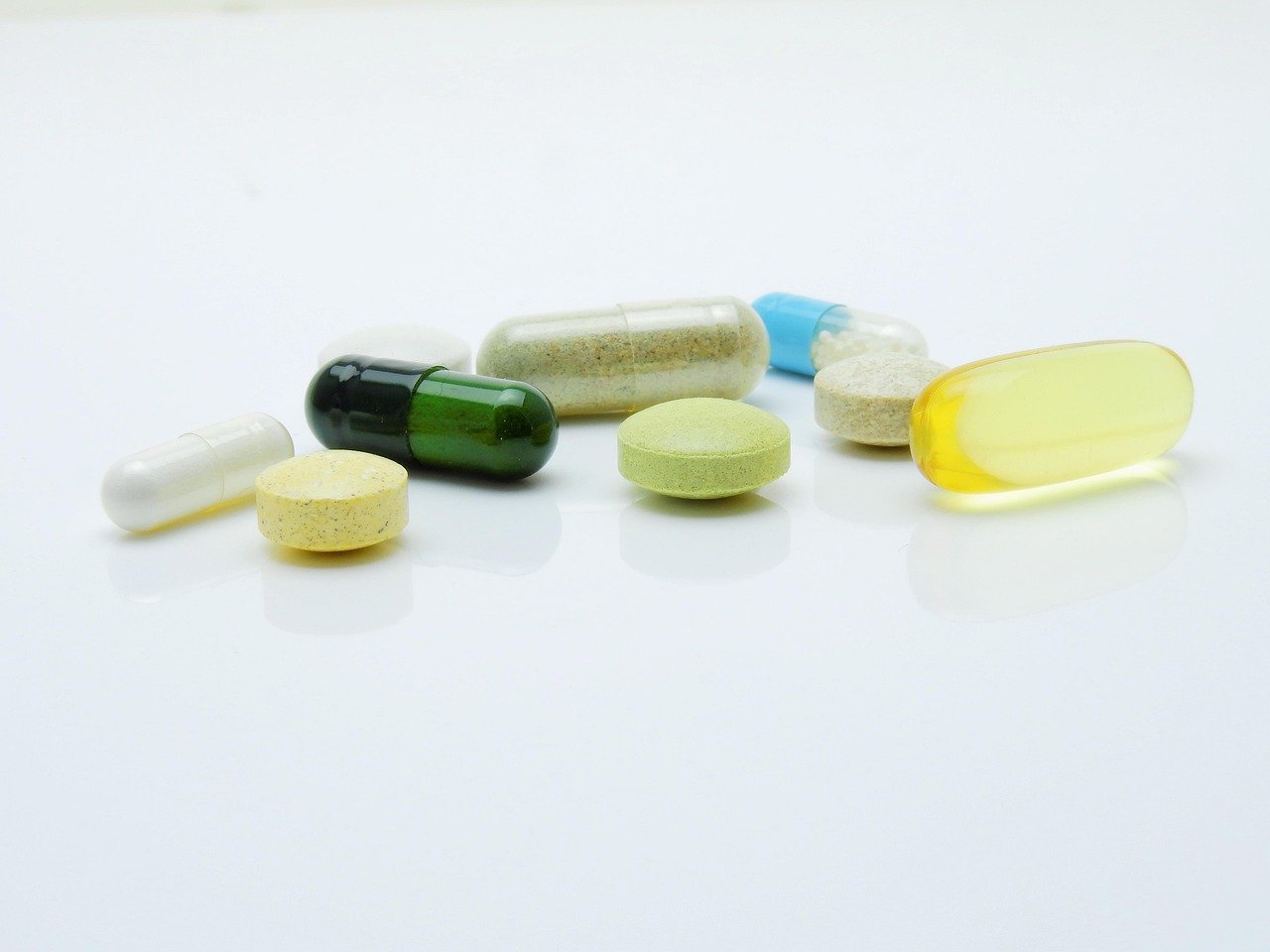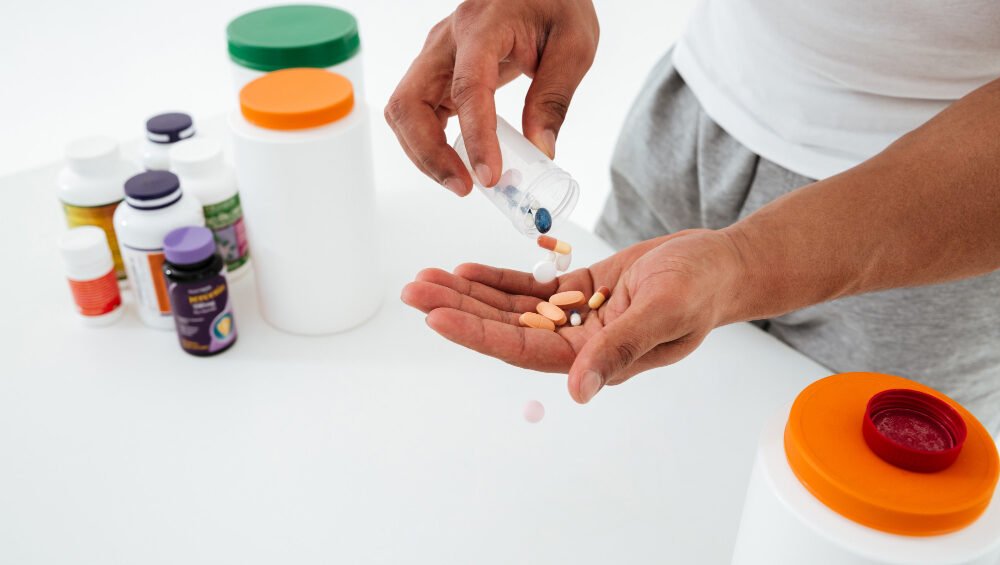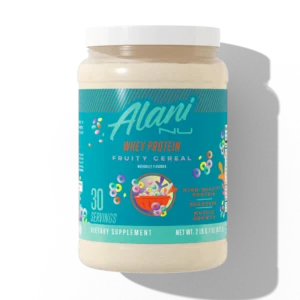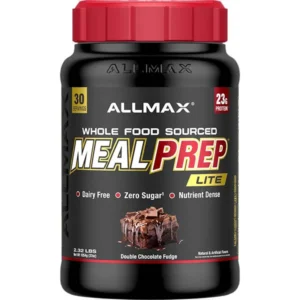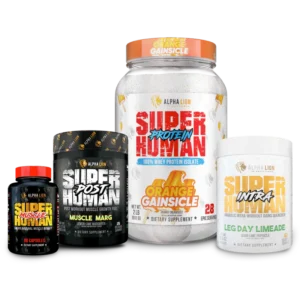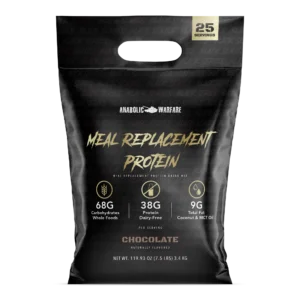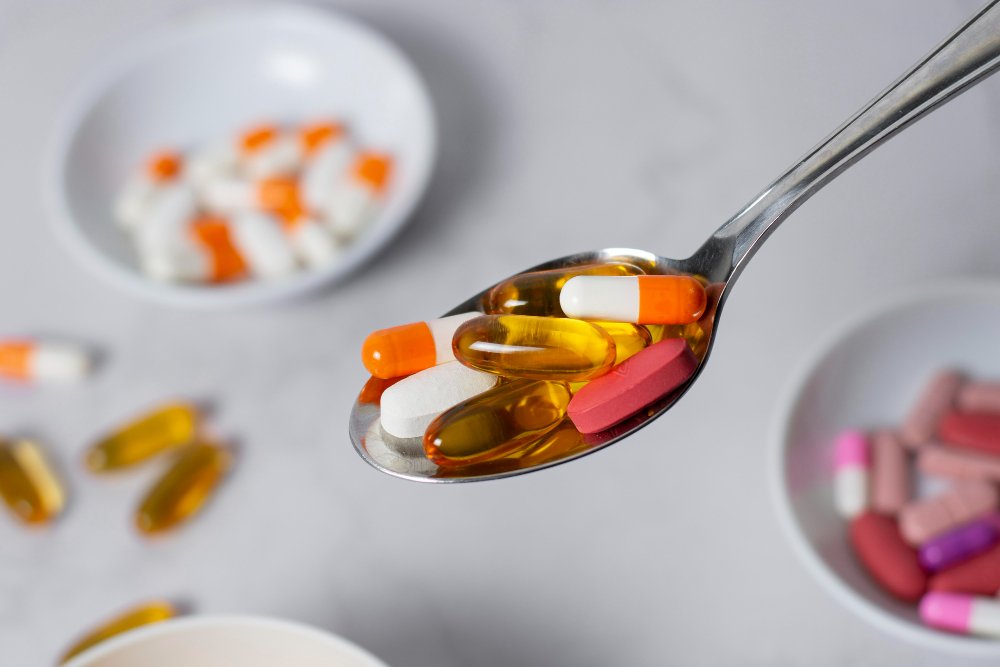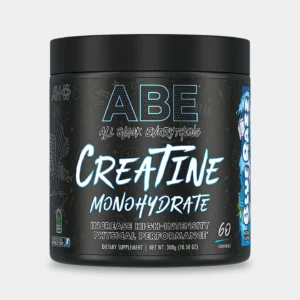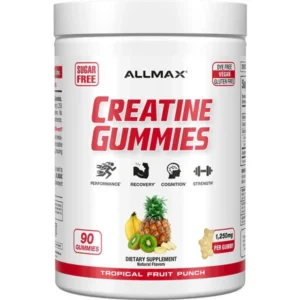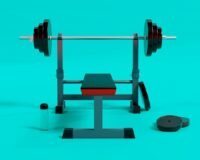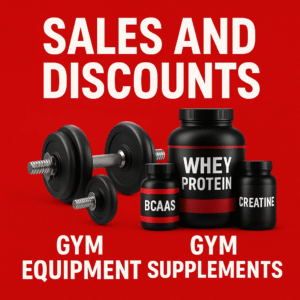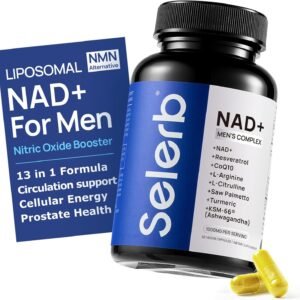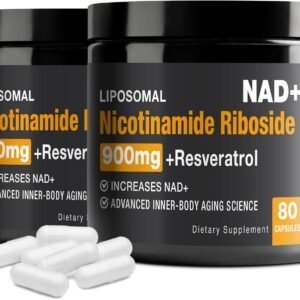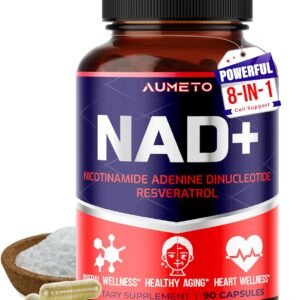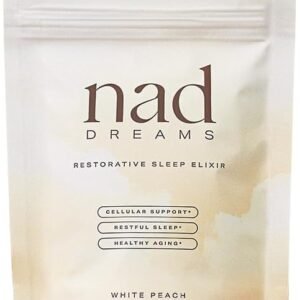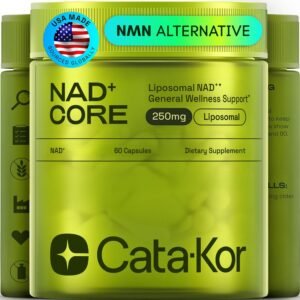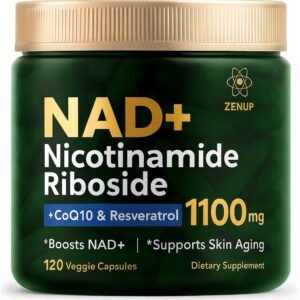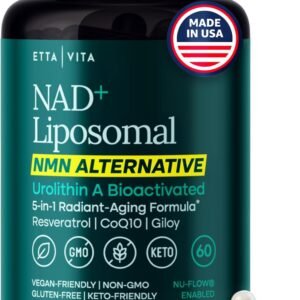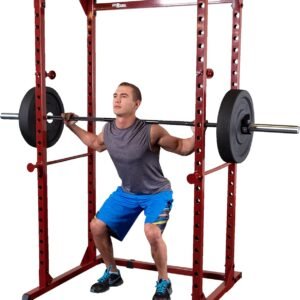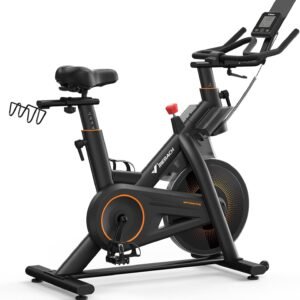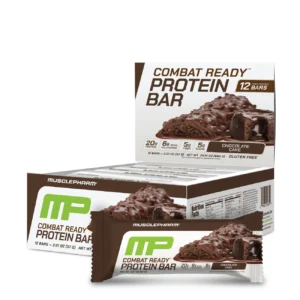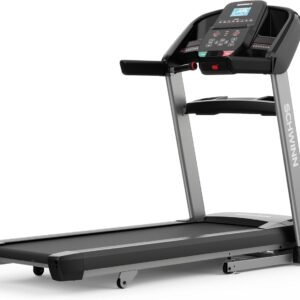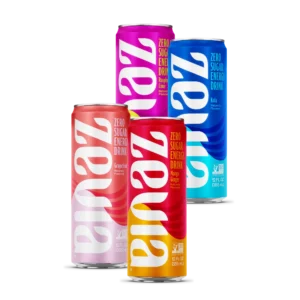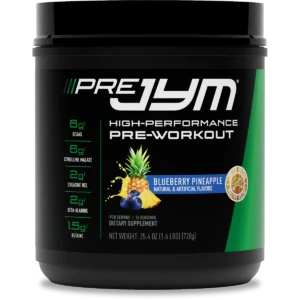Top 5 Recovery Supplements for Faster Muscle Growth. If you train hard, recovery is where gains are made. Nutrition, sleep, and smart programming matter most — but the right supplements can speed recovery, reduce soreness, and help you build more muscle from the same workouts. Below I’ve pulled together evidence-backed picks for the top 5 recovery supplements, explain what they do, how to use them, what the science says, and how to choose a high-quality product. This is written for lifters, coaches, and shoppers who want practical, reliable guidance — not hype.
Quick summary (if you’re in a hurry)
- Whey protein (or high-quality protein / essential amino acids) — rebuilds muscle, increases muscle protein synthesis after exercise.
- Creatine monohydrate — improves strength, power, training quality and helps reduce exercise-induced damage and improve recovery.
- HMB (β-Hydroxy β-Methylbutyrate) — reduces muscle breakdown, speeds recovery in untrained, older adults, and during heavy training or calorie deficit.
- Omega-3 fatty acids (EPA/DHA) — anti-inflammatory benefits that can reduce soreness and improve recovery markers.
- Tart cherry (Montmorency) or tart cherry juice — reduces muscle soreness and inflammation; useful around intense training or competitions.
Each entry below includes: the mechanism, key evidence, recommended dose & timing, who benefits most, cautions, and shopping tips.
1) Whey protein (or complete protein / essential amino acids) — the foundation
Why it helps: Resistance training causes micro-damage and increases the demand for amino acids to rebuild muscle. Protein (especially rapidly digested whey, rich in leucine) stimulates muscle protein synthesis (MPS) and helps restore function after training. Total daily protein intake matters most, but timing (peri-workout) also gives measurable recovery benefits.
What the science says (short): Multiple meta-analyses and randomized trials show that protein supplementation during resistance training enhances strength and lean mass gains, and whey can accelerate restoration of muscle function after strenuous exercise.
Check also: buying supplements in Walmart – before you purchase
Recommended dose & timing:
- Aim for 1.6–2.2 g/kg body weight/day total protein for most muscle-building goals; higher end for calorie restriction.
- For peri-workout: 20–40 g of whey (or equivalent EAAs) post-workout — 20 g is sufficient for many; larger or older individuals may benefit from 30–40 g. Spreading protein across 3–4 meals is ideal.
Who benefits most: Everyone training for strength/hypertrophy; especially useful for people who struggle to meet daily protein via food (travelers, busy professionals).
Cautions & notes: Whey is dairy — choose isolate if lactose sensitive. Whole food protein is great; supplements are a convenient top-up.
How to pick a product: Look for third-party testing (NSF, Informed-Sport, or USP), clear ingredient lists, and ≥20 g protein per serving. Avoid products with excessive sugar or proprietary blends that hide dosages.
2) Creatine monohydrate — performance + recovery powerhouse
Why it helps: Creatine increases muscle phosphocreatine stores, improving ATP regeneration during short, intense efforts (more quality reps). Better training quality leads to larger long-term gains. Importantly for recovery, creatine can blunt markers of muscle damage, reduce soreness and help maintain muscle function between sessions.
What the science says (short): Creatine is one of the most-studied supplements; reviews show improved strength, power, muscle mass, and evidence that creatine supports recovery and reduces exercise-induced damage. Typical maintenance doses of 3–5 g/day are effective and safe for most healthy adults.
Recommended dose & timing:
- 3–5 g/day creatine monohydrate (skip the loading phase if you prefer). If you use a loading phase: 20 g/day split into 4 doses for 5–7 days, then 3–5 g/day maintenance.
- Timing is flexible — post workout with carbs/protein can be slightly more convenient, but daily consistency matters more than exact timing.
Who benefits most: Nearly anyone doing resistance training or high-intensity work. Also helpful during rehabilitation, periods of heavy training, or calorie deficit.
Cautions & notes: Mild water retention is common early on. People with preexisting kidney disease should consult a physician. Use pure creatine monohydrate (micronized for mixability) and prefer products with third-party testing.
How to pick a product: Look for Creapure® or pure creatine monohydrate powder, third-party tested, minimal additives. Price per serving is a good metric — creatine is inexpensive if pure.
See also: supplements for woman who lift
3) HMB (β-Hydroxy β-Methylbutyrate) — strong for reducing breakdown
Why it helps: HMB is a metabolite of the amino acid leucine and appears to reduce muscle protein breakdown and help preserve muscle during high stress (novices, long-term bed rest, calorie deficits). For recovery, HMB helps maintain muscle function and reduce soreness after intense exercise, especially in people who are new to training or returning after a break.
What the science says (short): Systematic reviews and recent trials support HMB for preserving muscle mass and aiding recovery, with many studies showing benefit at ~3 g/day, particularly in untrained people, older adults, or in contexts of intense training. Benefits for well-trained athletes are more modest but still present in some studies.
Related Products
-
-
-
$268.41 Original price was: $268.41.$169.99Current price is: $169.99.
-
Recommended dose & timing:
- 3 g/day total, usually split into 1 g three times daily (some formulas use free acid or calcium salt forms).
- Use during heavy training blocks, calorie restriction, or when returning from layoff.
Who benefits most: Beginners, people returning after time off, older adults, and trainees in severe calorie deficits. Well-trained athletes may see mixed results.
Cautions & notes: HMB is generally well tolerated; look for studies verifying the specific form (calcium HMB vs free acid). Expect modest effects — it’s not a magic bullet but can be a useful adjunct.
How to pick a product: Verify dosage (3 g/day), check the form (many studies use calcium HMB), and choose brands with testing/transparent labeling.
4) Omega-3 fatty acids (EPA & DHA) — inflammation control and recovery
Why it helps: Omega-3s have anti-inflammatory and membrane-stabilizing effects. In exercise settings they may reduce muscle soreness, blunt some inflammatory markers after intense exercise, and potentially aid restoration of strength and function.
What the science says (short): Randomized controlled trials and systematic reviews show that omega-3 supplementation can reduce certain markers of muscle damage and perceived soreness, and may help recovery when used consistently (dose/duration matter). Recent systematic reviews confirm benefits on post-exercise inflammation and some measures of recovery. PMC+1
Recommended dose & timing:
- 1–3 g combined EPA+DHA/day is commonly used in sports research; some studies used higher doses for clearer effects (e.g., 3–4 g/day).
- Use daily for several weeks before expecting consistent recovery benefits.
Who benefits most: Athletes with frequent intense training, people prone to DOMS (delayed onset muscle soreness), or those with elevated training-related inflammation.
Cautions & notes: Omega-3s thin blood slightly — inform your doctor if you’re on blood thinners. Source matters: high-EPA formulas may be more anti-inflammatory. Check for heavy metal testing and concentration of EPA/DHA per serving.
How to pick a product: Look for molecularly distilled, third-party tested fish oil with clear EPA/DHA amounts per capsule. Algae-derived DHA/EPA is the vegan option.
See also: Amazon vs GNC where is better to buy supplements today
5) Tart cherry (Montmorency) — natural anti-inflammatory for soreness
Why it helps: Tart cherries are rich in anthocyanins and polyphenols that reduce oxidative stress and inflammation. Chronically (or peri-exercise) consuming tart cherry juice or concentrate has been shown to reduce muscle soreness and improve recovery of muscle function after strenuous exercise.
What the science says (short): Multiple trials and meta-analyses show that tart cherry supplementation (juice or concentrate) reduces soreness and can accelerate recovery of muscle function when taken in multi-day protocols around intense exercise. Effects are especially consistent for repeated-bout or eccentric work.
Recommended dose & timing:
- Protocols vary, but many studies used ~8–12 ounces of tart cherry juice twice daily for several days before and after a strenuous bout (equivalent concentrate dosing also used).
- A practical approach: start 2–3 days before a planned intense session or competition and continue for 2–3 days after.
Who benefits most: Anyone doing occasional very intense or eccentric sessions (marathon runners, basketball, heavy leg days), competitors using multiple events across days, or people battling severe DOMS.
Cautions & notes: Tart cherry juice has calories and sugar — concentrate or powdered extracts reduce calories. People with diabetes or on sugar-restricted diets should factor this in.
How to pick a product: Choose standardized tart cherry concentrates or powders that disclose anthocyanin content where possible, or pure Montmorency tart cherry juice with minimal added sugars or preservatives.
Putting it together — sample stacks & timing
Here are practical stacks depending on goals:
- Everyday training (balanced):
- Whey or protein: 20–40 g post-workout (plus hit protein targets across the day).
- Creatine monohydrate: 3–5 g daily.
- Omega-3: 1–3 g EPA+DHA daily.
- Heavy training block or cutting phase (extra catabolism risk):
- Add HMB 3 g/day split doses.
- Keep creatine and protein high.
- Consider tart cherry around competition/high-soreness days.
- Event / competition recovery (short term):
- Whey/EAA post-event.
- Tart cherry juice 2–3 days before and after.
- Omega-3 ongoing.
See also: how to stack supplements for maximum muscle growth
Practical buying & safety checklist
- Third-party testing: Look for NSF Certified for Sport, Informed-Sport, or USP. These reduce risk of contamination or mislabeled doses.
- Transparent labels: Avoid proprietary blends that hide amounts. You want to see mg or g per ingredient.
- Simple ingredient lists: Less sugar, fewer fillers, no proprietary “complexes” that hide dosages.
- Dosage matches evidence: If the research shows benefit at 3 g/day, but the product supplies 500 mg/day, that’s a red flag.
- Medical caution: If you have kidney disease, are pregnant, nursing, on anticoagulants, or have chronic conditions, consult your doctor before starting supplements.
- Cost vs. value: Creatine and whey are inexpensive per effective serving; HMB and high-EPA concentrates cost more — weigh expected benefit vs. price.
Related Products
-
-
-
-
$268.41 Original price was: $268.41.$169.99Current price is: $169.99.
Evidence highlights & citations (the most important claims)
Below are the five core evidence sources supporting the top recommendations above:
- Creatine supports strength and recovery — comprehensive review showing ergogenic and recovery benefits. PMC
- Protein (whey) increases muscle protein synthesis and helps recovery — trials and meta-analyses supporting peri-workout protein. PMC+1
- HMB reduces muscle loss and aids recovery in many contexts — recent systematic reviews and trials support ~3 g/day dosing. Frontiers+1
- Omega-3s reduce post-exercise inflammation and may blunt soreness — systematic review of RCTs showing effects on inflammation and recovery. PMC
- Tart cherry juice reduces DOMS and improves recovery — studies and meta-analyses report faster recovery of muscle function and lower inflammatory markers. PMC+1
(If you want, I can provide a printable references list or link the full papers for each — say the word and I’ll fetch them.)
Common questions I hear
Q: Do I need all five?
A: No. Prioritize protein and creatine first — they give the largest, most consistent returns. Add omega-3 if you have a heavy training load or inflammation issues. Consider HMB for heavy training, cutting, or comeback periods. Use tart cherry around competition or exceptionally hard sessions.
Q: Are BCAAs better than whey for recovery?
A: BCAAs provide some leucine stimulus, but whole-protein (whey) gives all EAAs needed for full muscle protein synthesis. For most people, whey or EAA blends are more efficient and cost-effective.
Q: Any side effects I should expect?
A: Creatine — mild water retention. Omega-3 — possible minor gastrointestinal upset and blood thinning (clinically minor). Whey — lactose intolerance issues for some (use isolate). HMB/tart cherry generally well tolerated. Always check interactions with medications.
See also: top 10 pre workouts ranked by effectiveness
Action plan — what to buy first (starter pack)
- Whey protein concentrate/isolate (or a complete vegan protein if needed) — 20–30 g per serving, third-party tested.
- Creatine monohydrate (Creapure® or equivalent) — 3–5 g/day.
- A high-EPA/DHA fish oil — 1–3 g/day combined EPA+DHA.
- If you want to invest further: HMB (3 g/day) for heavy blocks, and a tart cherry concentrate for event recovery.
Final practical tips to maximize recovery (beyond supplements)
Keep hydrated, manage stress, and include mobility and soft-tissue work if soreness persists.
Prioritize sleep: 7–9 hours/night is essential for growth and recovery.
Hit your daily protein and calorie targets — supplements top up, they don’t replace.
Use progressive overload and programmed deloads — recovery supplements won’t fix overtraining.


